Some Horse And Pony Basics - Colours, Types And Markings
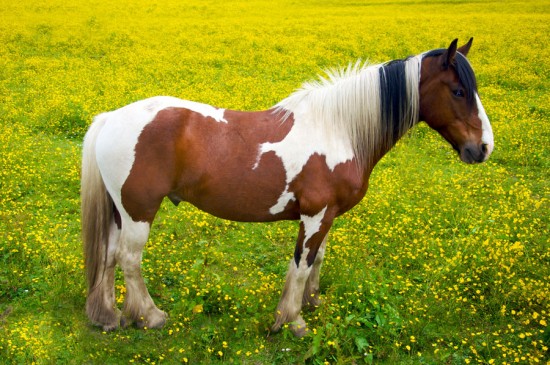
If you love horses and ponies but are new to riding and stable management, the technical terms and descriptions in everyday usage can prove daunting. Here is some basic information to help you on your way.
The difference between horses and ponies
Horses and ponies are traditionally measured in 'hands' and a 'hand' is four inches. The measurement is taken from the ground up to the top of the withers. The 'withers' is the ridge between the animal's shoulder blades, where the back joins the neck, just in front of the saddle.
The difference between a horse and a pony is simply one of height- ponies can be up to 14.2hh (this abbreviation means 'fourteen hands and two inches high,' i.e., fourteen times the four inch 'hand' measurement, plus another two inches.) To be classed as a horse, the animal must fall above this height. All measurements are taken unshod.
Colours
Horses and ponies come in many colours and variants. The most commonly found are listed below.
- Bay - Bay horses and ponies have a rich brown body with black legs and a black mane and tail.
- Chestnut - Chestnut horses and ponies have a reddish coloured body with no black points.
- Liver chestnut - Liver chestnut horses or ponies have the red tone of a regular chestnut, but slightly darker. As with chestnuts, the mane and tail are the same colour as the body.
- Grey - Greys come in many colour varieties and patterns, including dapple grey, steel grey and rose grey. The commonality in all grey horses is a black skin with white, grey or black hair on top, leading to a grey or off- white appearance.
People often point at grey horses and call the colour 'white.' This is incorrect. The only true white horses have pink skin as well as white hair, which is very rare.
- Black - Unlike the complication over white and grey, black horses and ponies are straightforward to describe and spot- black skin, black mane and tail.
- Dun - Dun horses and ponies have a sandy coloured body, with a black mane and tail and black legs.
- Palomino - Palomino's have a sandy coloured body with a white or cream mane and tail.
- Piebald - Piebald horses and ponies have their body, mane and tail coloured in a mixture of black and white patches- like Friesian cows.
- Skewbald - To be classed as 'skewbald,' the horse or pony will have their mane, tail and body patched in white and any other colour (generally chestnut or brown) apart from black. White and black patches are called 'piebald,' as mentioned above.
- Roan - Lots of different shades of roan are available, as 'roan' means having an equal mixture of white hairs as hairs in the horse's base body colour. To describe the colour of a given horse or pony accurately, a roan would generally be described as a 'bay roan' or a 'red roan' etc, depending on its base colour.
Markings
As well as the main body colour of the horse or pony in question, lots of horses and ponies have white 'markings' on their face and/ or legs.
- Socks and stockings are respectively used to describe white on the legs, depending on the height of the marking.
- Stockings extend to at least the bottom of the horse's knee, sometimes higher.
- Socks run up to the area above the fetlock but lower than the knee. The 'fetlock' is the joint between the cannon bone and the pastern, a few inches above the hoof.
- A horse or pony may have all four legs with white markings; none at all, or anything in between. So a horse referred to as having 'three white socks' would have white on the lower quarter of three of its legs.
- On the face, a horse or pony can have a blaze, strip, white face, star or snip.
- A 'blaze' is a wide, relatively straight stripe down the face from in between the eyes to the muzzle.
- A 'strip' is the same as a blaze but significantly narrower.
- A 'white face,' sometimes known as a 'bald face' indicates a very wide blaze that extends past the eyes, making the majority of the horse's face appear white.
- A 'star' is a white marking between the eyes that does not extend down into a blaze.
- A 'snip' is a white marking on the horse's muzzle, between the nostrils and not extending up into a blaze.
Combinations and variations on all of the above can also be found.
Build and body type
There are hundreds of breeds of horses and ponies in the world today, far too many to attempt to describe in one go! But here is a short run down of some of the more common types or groups you are likely to come across in the UK.
- Cob - The cob is generally a small horse, stout and stocky and with a steady temperament. The phrase 'cob' describes a body type rather than a breed or class of horse. Cobs are incredibly versatile, and are popular as an all-rounder for both pleasure riding and competition.
- Draught horse - The draught horse and derivatives of the draught horse are large, heavy horses originally used to pull ploughs, drays and wagons. Many different breeds of horse in the UK are classed as draught horses, and generally share character traits of hardiness, patience and a quiet nature.
- Hack - A 'hack' is a general term used to refer to a horse or pony used for pleasure riding on the road and in the country. The term 'hack' is also used interchangeably to describe a pleasure ride.
- Hunter - The term 'hunter' is a broad categorisation used for horses and ponies either of a build and temperament to be used on traditional hunts, or of a type and confirmation to compete in show jumping events and other jumping classes.
- Mountain and Moorland - 'M&M ponies' as they are often known, is a catch- all phrase to describe ponies of several hardy breeds which are native to the British isles, including Shetland, Exmoor and Dartmoor ponies and Welsh ponies.
- The Riding Pony - Riding ponies are compact, well balanced and elegant. Within the catch- all phrase 'riding pony' there are three sub types, being show ponies, show hunter ponies, and working hunter ponies.


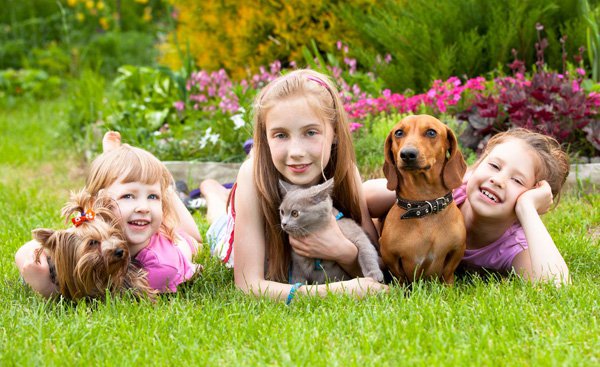 All About Finding A Responsible Dog Breeder In Your Area
All About Finding A Responsible Dog Breeder In Your Area
All About Finding A Responsible Dog Breeder In Your Area
All About Finding A Responsible Dog Breeder In Your Area
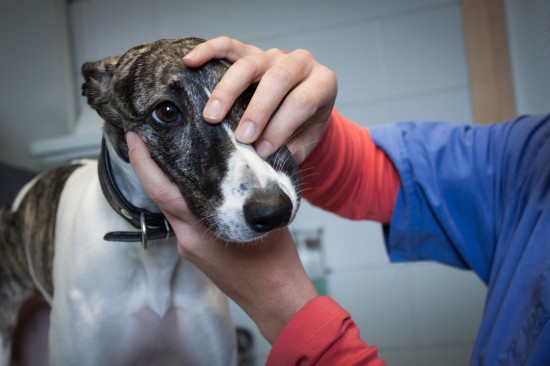 Lumps And Growths In The Mouth Of The Dog
Lumps And Growths
Lumps And Growths In The Mouth Of The Dog
Lumps And Growths
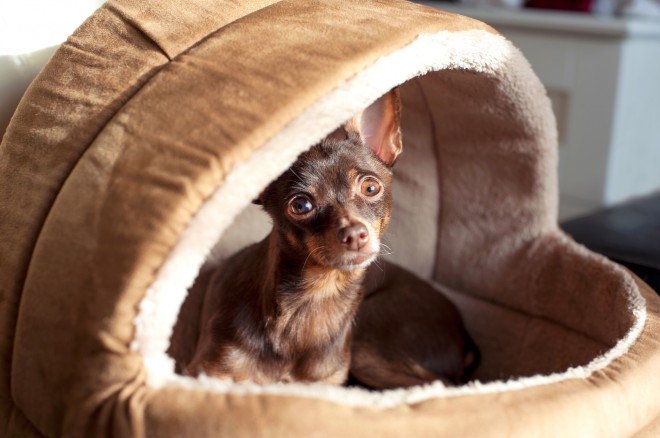 Keeping Your Pet’s Equipment Safe To Use
Keeping Your Pet’
Keeping Your Pet’s Equipment Safe To Use
Keeping Your Pet’
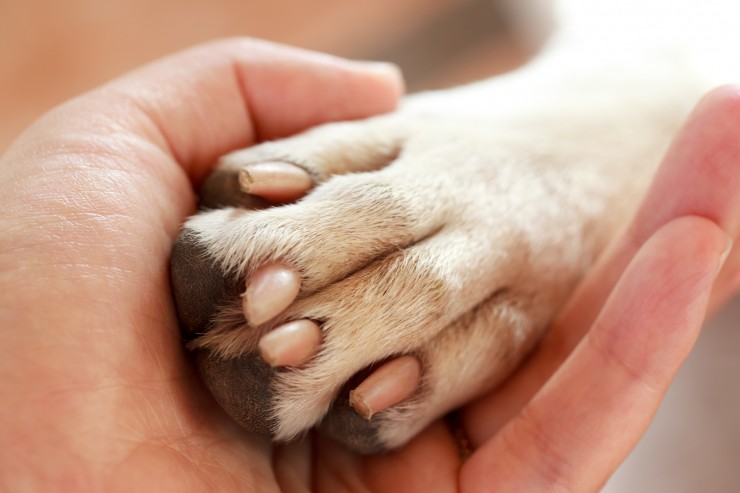 Identifying And Treating Paw Infections In The Dog
Identifying And T
Identifying And Treating Paw Infections In The Dog
Identifying And T
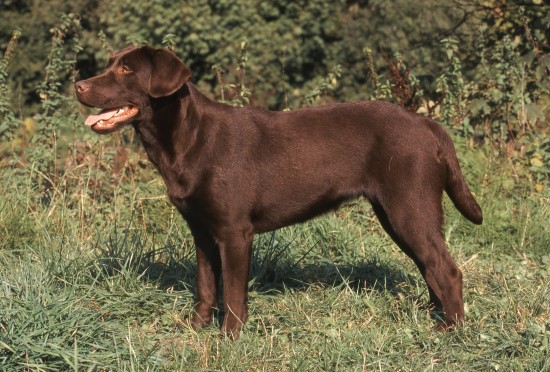 Different Types Of Retrievers
Different Types O
Different Types Of Retrievers
Different Types O